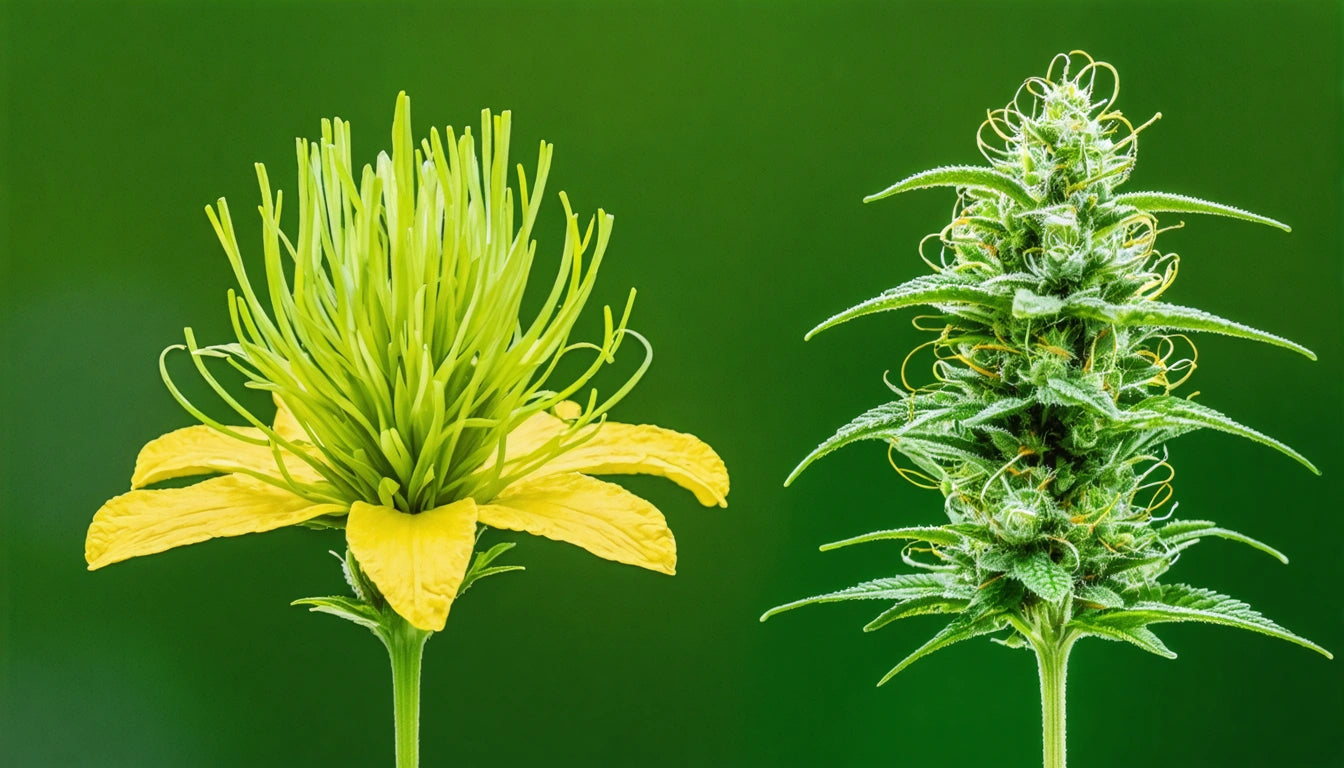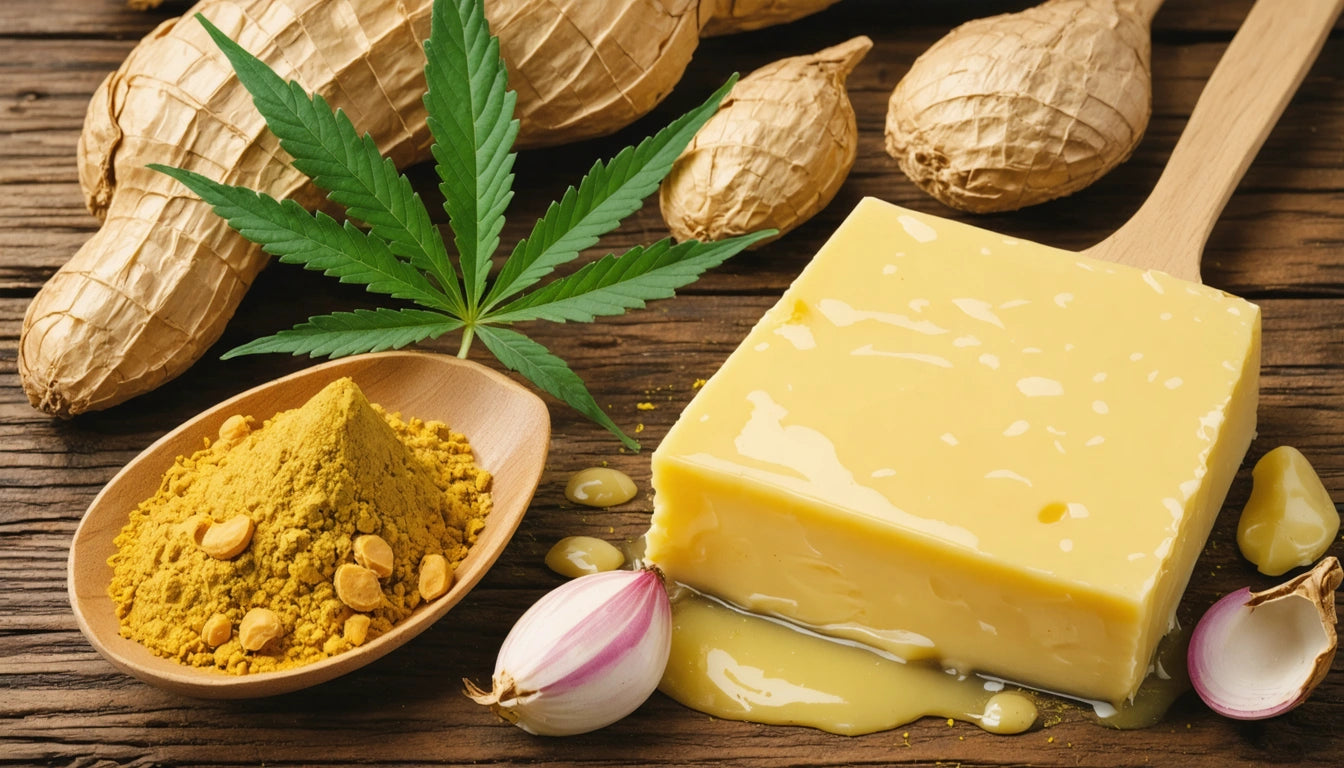Understanding Pistils: Their Role in Flowers and Cannabis Plants
Pistils are fundamental reproductive structures in flowering plants, including cannabis. Understanding what a pistil is and how it functions helps cultivators assess plant health, determine harvest timing, and identify plant gender. This comprehensive guide explores pistils in both traditional flowers and cannabis plants, providing insights into their biological purpose and practical significance.
What is a Pistil in Flowering Plants?
The pistil is the female reproductive organ of a flower. It's centrally located within the flower and typically consists of three main parts: the stigma, style, and ovary. In answering what a pistil on a flower is, botanists emphasize its role in receiving pollen and facilitating fertilization, which ultimately leads to seed production.
Pistils evolved as specialized structures that enable angiosperms (flowering plants) to reproduce sexually. This reproductive mechanism has proven so successful that flowering plants have become the most diverse and widespread plant group on Earth.
Anatomy of the Pistil
To understand what a pistil does in a flower, we need to examine its components:
- Stigma: The sticky tip of the pistil that catches pollen grains
- Style: The elongated stalk that connects the stigma to the ovary
- Ovary: The base of the pistil containing ovules (potential seeds)
According to this detailed breakdown of pistil anatomy, these three components work together in a coordinated process. When pollen lands on the stigma, it germinates and grows a pollen tube down through the style to reach the ovary, where fertilization occurs.
Pistils in Cannabis Plants
For those wondering what pistils on weed are, they're essentially the same reproductive structures found in other flowering plants but with some cannabis-specific characteristics. In cannabis, pistils appear as hair-like protrusions from the calyx (the protective layer around the reproductive organs).
Cannabis pistils start out white or cream-colored and gradually change to orange, red, brown, or even purple as the plant matures. This color transformation provides valuable information about the plant's development stage.
As explained in this guide on cannabis flower anatomy, pistils are one of the most visible indicators of a female cannabis plant. Their presence confirms that the plant is female and capable of producing the resinous buds sought by cultivators.
Identifying Pistils on Cannabis
When examining what pistils are on weed plants, look for these characteristics:
- Small, hair-like structures protruding from between small leaves at node points
- Initially white or cream-colored
- Often appear in pairs
- Become more numerous as flowering progresses
- Change color as they mature
These pistils are distinct from trichomes (the resin glands that produce cannabinoids) and other plant structures. Understanding the difference helps in proper plant assessment and care.
Pistils as Indicators of Plant Maturity
One of the most practical applications of understanding pistils is determining harvest time. As cannabis plants mature, the pistils undergo a color transformation:
- White pistils (0-4 weeks of flowering): Plant is immature
- 50% darkened pistils: Early harvest window begins
- 70-80% darkened pistils: Peak harvest window for most effects
- 90%+ darkened pistils: Late harvest, more sedative effects
This visual indicator helps cultivators optimize harvest timing based on desired effects and potency. The color change signals that the plant is completing its reproductive cycle and redirecting energy from pistil development to resin production.
Pistils Versus Other Plant Structures
When studying cannabis or other flowering plants, it's important to distinguish pistils from other structures:
- Pistils vs. Stamens: Stamens are the male reproductive organs that produce pollen
- Pistils vs. Trichomes: Trichomes are resin glands that appear as crystal-like structures
- Pistils vs. Stigmatic Hairs: These terms are often used interchangeably, but technically, the hair-like structures are part of the stigma
This distinction is particularly important when identifying plants that resemble cannabis, as similar structures may appear in non-cannabis species but serve different functions.
Even in ornamental gardening, understanding pistils helps with companion planting and pollination management. For instance, some companion plants may attract pollinators that benefit cannabis or other flowering plants.
Practical Applications of Pistil Knowledge
Beyond academic understanding, knowledge of pistils has several practical applications:
- Gender identification: Early appearance of pistils confirms female plants
- Pollination control: Monitoring pistils helps prevent unwanted pollination
- Harvest timing: Color changes indicate optimal harvest windows
- Strain identification: Some varieties, like purple strains, may develop distinctively colored pistils
- Product safety: Understanding plant structures helps ensure proper handling and storage
This knowledge extends to product packaging considerations as well. Just as special packaging requirements protect children from harmful substances in pharmaceuticals and household products, cannabis products require proper containment to preserve their delicate structures like pistils and trichomes while maintaining compliance with safety regulations.
Whether you're a cultivator, processor, or simply a curious learner, understanding pistils provides valuable insights into plant biology and helps develop a deeper appreciation for the complex reproductive strategies that flowering plants have evolved over millions of years.











Leave a comment
All comments are moderated before being published.
This site is protected by hCaptcha and the hCaptcha Privacy Policy and Terms of Service apply.